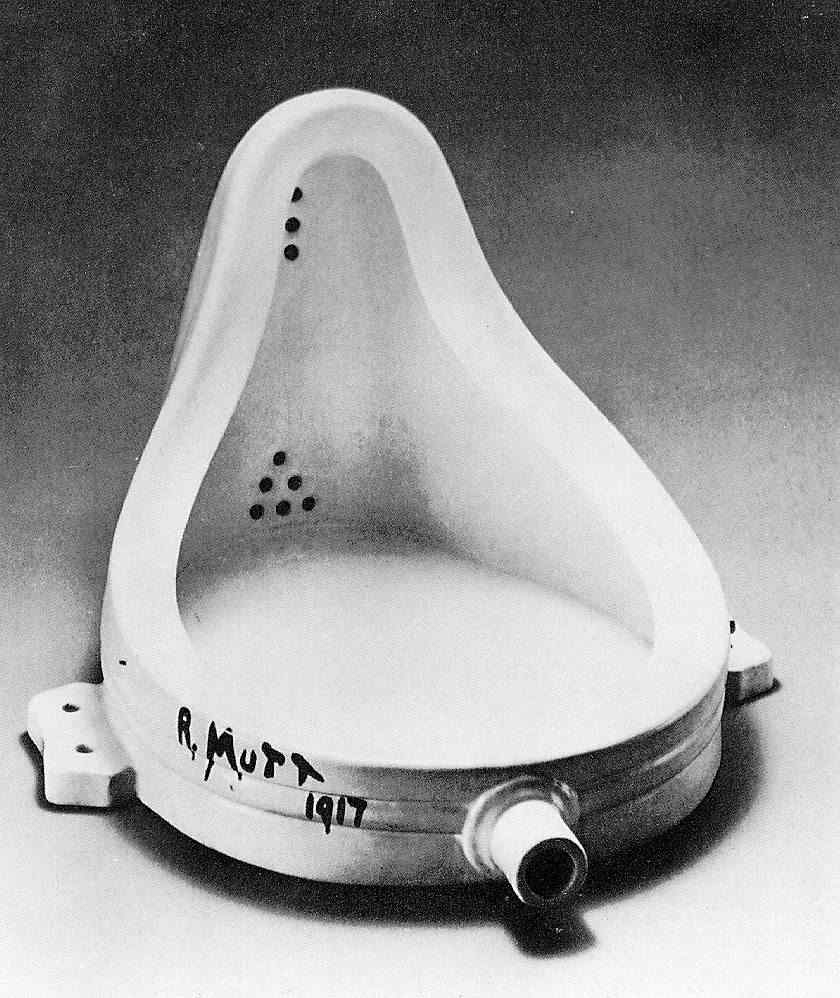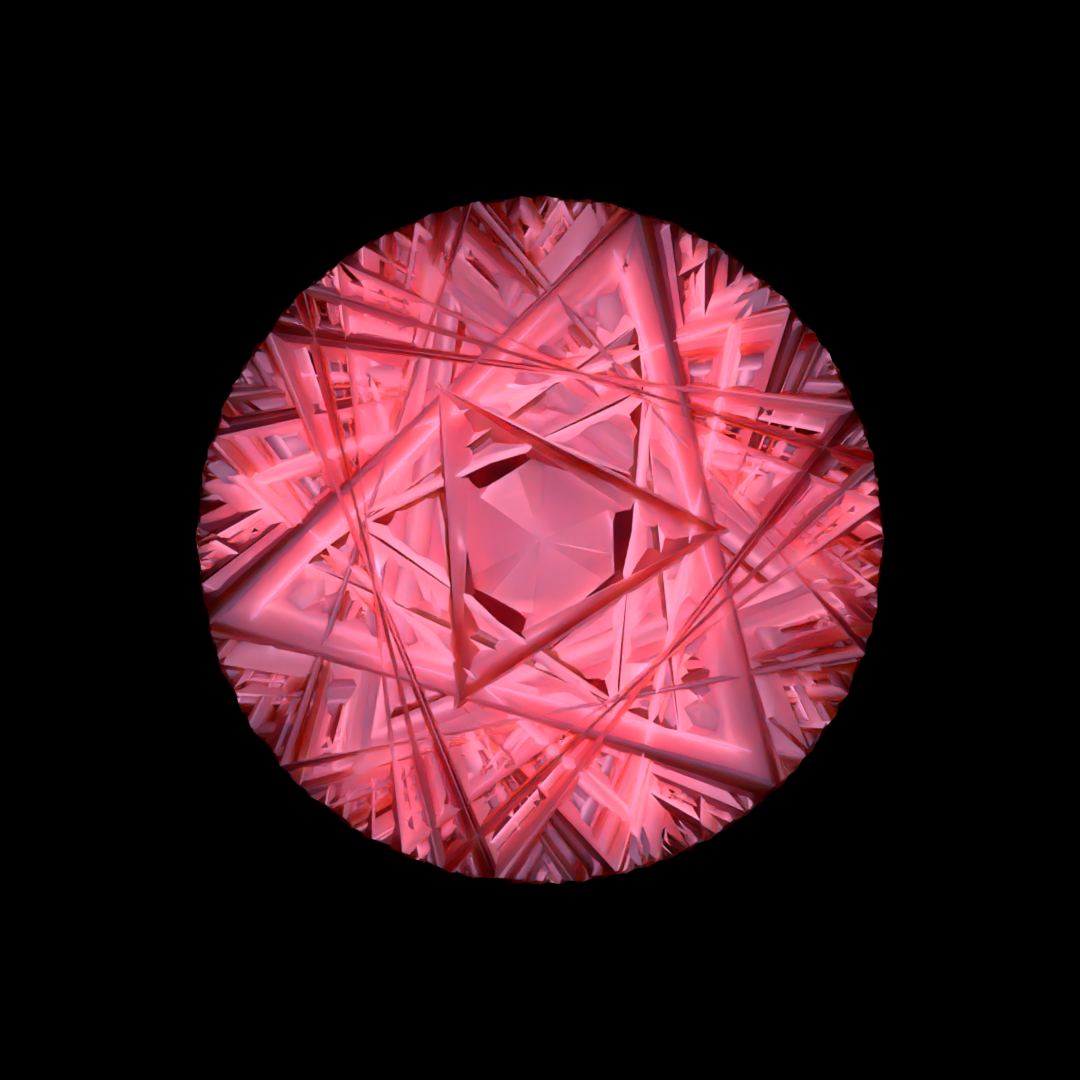Mirror is perhaps the object that first pops up in mind in relation with Self inspection. Mirror is this certain object that we all are familiar with from the bathroom wall but a mirror can also be an abstract concept; mirror as a photograph, as contemplations in a journal, as a profile on Social media or simply – mirror as art creation. SNART is a mirror.
I want to reflect here on the role society has in Self–Image–Making and the role SNART thinking plays in that context. Hegel painted the idea that not only was it necessary for the individual to reflect himself in the things he or she possessed, but an interactive reflection in other human beings was essential as well. This sheds light on the fact that not only is my own art making a certain reflection on who and what I am, but the reaction I get when displaying my creation plays a vital part in this Self creation. In an artistic context we get, what I call a symbiotic dance between the artist and his surroundings, being it art critics, gallery owners, art collectors, art theoreticians or the public in general. Henceforth we have the sequence: Artist – Artwork – reaction – Artist.
I am here spinning together the act of art making and the reaction it evokes when exhibited. I state that this symbiotic relation is a significant factor in any artist’s formation and hence that individual’s Self image. In other words: When an artist creates art work he or she is putting on a certain role and in fact by doing so creating an artist! Normally it is society that has formulated the criteria that governs what is art and moreover what is considered `good` art. In order to be taken seriously as an artist one has to exhibit in a certain acknowledged context and behave and create in congruence to good artistic mannerism. The response an artist gets to his art making, being granted access to the establishment or not, favourable criticism, in general – success, has its affect in coining the artist as an individual and as a professional. This, in turn, shapes the artist’s work. My Self image as an artist is therefore not only shaped by my art making but by my environmental reaction of so doing. In SNART context this reveals certain Self image making of the generations. What is considered art, good or bad and why, is an abstract social construct; just as much as my own opinion on what to create, in what medium and why, is my own subjective choice made on my perceived anticipation on how my art creation will be received. In this light we can see one of two things occur: Either the artist plays along and creates his art in accordion with generally accepted principles or he becomes a rebel and contributes in changing society’s idea of what art is. This inner struggle, to me, is a fundamental source in understanding art and hence the Self image and the Self as a concept and realizing this goes a long way towards explaining the difference between the so called decorative art/craft and fine art.
I want to establish the argument that the act of creating art makes me an artist – in a sense creates me as an artist. The artwork of an artist displays the artist´s Self–image, while the act of doing so creates the Self–image. We have this sequence: art creation – social reaction – artist´s Self–image. My Self–image creation (as an artist for example) is therefore not only made from my artwork creation but on the real and/or perceived reaction I get to my artwork creation. This is the essence of SNART.
When art making is seen in this context we can better understand the driving force behind what I call the generation self image. As a demonstration I want to refer to Joseph Kosuth (1945). His writings and works are formidable examples on how the discourse between the artist and the art specialist formulate the idea we have about the role art plays in society and hence, as already established, the creation of the individual artist’s Self image. In this circumstance I want to mention Kosuth’s criticism on the famous art critic Clement Greenberg (1909 – 1994) when Kosuth argued that in most cases Greenberg was not judging art but taste. Kosuth pointed to the fact that only certain paintings or sculptures are regarded as art while other, apparently identical in shape, methodology and presentation, are not. What falls in what category is based on morphological grounds or as the British philosopher A. J. Ayer (1919 – 1989) would phrase it – on nothing but taste.
Art as a phenomenon has in resent decades established it self in the Academic arena within the Social Sciences. Art in the Academic context has though the oddity of separating the actor from the specialist. We have reservations when it comes to separating a doctor from the specialist in medicine or healing. Likewise, we cannot fathom the separation of the physicist and the specialist in physics. In both of those cases we consider this to be the same person. But in art we separate the two. The artist is not the specialist in art it seems. He just creates art. The specialist is another person – the art theorist. In a way one can say that the relationship between the artist and the théoricien is not un-similar to that of the relationship between the orchestra and conductor. The conductor is not playing a single instrument, yet he is vital in the act of music making. This is the reason it is so vital to establish the symbiotic relationship between the artist and his surrounding in order to understand the artist’s Self image creation and what is considered art (good art in particular) and hence the generational Self–image creation or SNART.
To conclude I want to take an interesting example from art history to demonstrate how individual artist can change the concept of art, what is considered art and why and thereby shape future Self–image creation of artists to come. I have pointed out the presence of outside forces in the art creation process. We all can agree that not all artists are equal. Some are simply more exciting than others – for the sake of the argument let’s just say that some are better than others. But what about the art critic? The other partner in the symbiotic dance? Obviously there can be discrepancies in the performance there as well. All kind of absurd motives can play a role. In many cases this dance becomes macabre and decayed. We see this when art creation starts turning into popularity contests. Artist start following the pit of stardom and the Self–image starts to become the prettiest girl on the pram contest.
Marchel Duchamp (1887 – 1968) was without a doubt one of most influential artist of twentieth century. His art making changed permanently how we, as a society, see art and therefore how artists create their Self–images. As an investigation into were the borders between art and its surrounding lie, Duchamp committed an art piece to an open call to The Society of Independent Artists for the 1917 autumn show in New York. We can speculate as to why Duchamp chose a pseudonym for his work, but he chose to sign it R. Mutt. Probably he wanted to avoid his name affecting the boards decision since he was one of the board members. Duchamp effectively exposed the hypocrisy so often involved in the art world when it comes to what is considered art, not to mention what is considered good art by his act. Duchamp was one of the founder of the Society and its motto was: no jury – no prices. However, Mr. M. Mutt’s art work was rejected and Duchamp quit as a member as a consequence. One of the most iconic art pieces of twentieth century art was rejected! – and the rest is history as they say.

Now, looking at this act and this art piece in SNART context, we can see that the fountain, as Duchamp named the piece, is Duchamp’s Self–image. The piece shaped how art is perceived and what is considered art. What better image would depict this master artist?
